If you’ve ever dreamed of making your own homemade sodas or probiotic drinks, this ginger bug recipe is the key to starting. It’s bubbly, tangy, and naturally fermented — like a little magic happening in a jar! Even if you’ve never tried fermenting before, don’t worry. This recipe is beginner-friendly, budget-friendly, and incredibly rewarding.
“Fermenting a ginger bug feels like growing a tiny pet in your kitchen — except this one rewards you with sparkling, healthy drinks!”
My Experience with Ginger Bug Recipe
The first time I made a ginger bug, I was nervous about whether it would “work.” I followed the simple steps — grated ginger, sugar, water — and by day three, I saw happy bubbles rising to the top. That’s when I knew I had created my very own live culture. Since then, I’ve used it to make homemade ginger ale, fruity sodas, and even tangy mocktails for parties.
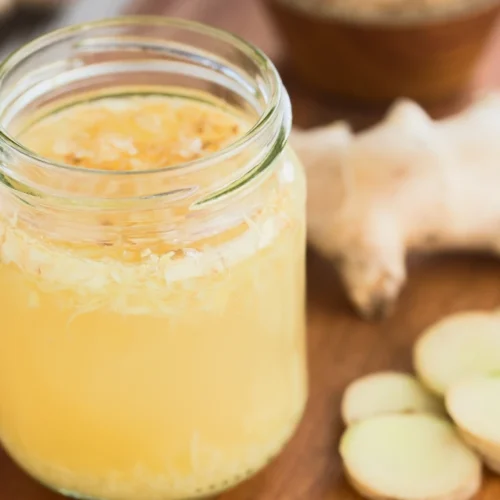
Ginger Bug Recipe
Equipment
- 1 Glass jar clean, wide-mouth
- 1 Wooden spoon
- 1 set Measuring spoons
Ingredients
- 2 tbsp tbsp fresh ginger root, grated grated
- 2 tbsp white sugar
- 2 cups filtered water
- 2 tsp ginger root (for daily feeding)
- 2 tsp sugar (for daily feeding)
Instructions
- Add 2 tbsp ginger and 2 tbsp sugar to jar.
- Add water, stir.
- Feed daily with ginger and sugar.
- Watch for bubbles and yeasty aroma.
- Use once active.
Notes
My Top 7 Tips for a Ginger Bug Recipe
- Use organic ginger if possible for stronger fermentation.
- Keep your jar at room temperature (65–75°F) for best results.
- Avoid metal utensils; wood or silicone are gentler on cultures.
- If it smells off (like rotten eggs), discard and restart.
- Store away from direct sunlight to prevent overheating.
- If bubbles slow down, feed twice daily for a boost.
- Learn more about fermentation safety from the USDA Home Food Canning Safety Guide.
This trusted resource explains how to handle and store fermented foods safely so you can enjoy your ginger bug without any worries.
Ginger Bug Recipe Variations to Try
- Spicy Kick → Add a pinch of cayenne pepper for extra warmth.
- Citrus Zing → Add lemon or orange zest during feeding.
- Herbal Twist → Stir in fresh mint or basil leaves before using in drinks.
- Tropical Flavor → Add a slice of pineapple during feeding for fruity notes.
- Cinnamon Comfort → Drop in a small cinnamon stick for a cozy aroma.
How to Store Your Ginger Bug Recipe
- Keep at room temperature if you’re using it daily (feed every 24 hrs).
- For longer storage, refrigerate and feed once a week.
- Always bring to room temperature before using in recipes.
Troubleshooting Your Ginger Bug Recipe
- No Bubbles? → Increase feeding and ensure room is warm enough.
- Cloudy Water? → Normal — it’s natural yeast growth.
- White Film? → Harmless kahm yeast; just skim off.
Perfect Pairings for Ginger Bug Recipe
Your ginger bug starter pairs beautifully with:
- Homemade ginger ale
- Fruit-infused sparkling water
- Fermented lemonade
Nutrition (Per 2 tbsp liquid starter)
| Nutrient | Amount |
| Calories | 15 |
| Carbs | 4 g |
| Sugar | 4 g |
| Protein | 0 g |
| Fat | 0 g |
Conclusion
aking a ginger bug recipe is like unlocking the door to a whole world of homemade probiotic drinks. Once you master this simple starter, you’ll never look at store-bought sodas the same way again.
Explore more recipes here on SpoonnSpice!
FAQs
What is a ginger bug used for?
A ginger bug is a natural starter culture made from ginger, sugar, and water. It’s used to ferment homemade sodas, ginger beer, and other probiotic drinks, giving them natural fizz and gut-friendly benefits.
How long does it take for a ginger bug to be ready?
Usually, 3–5 days at room temperature. You’ll know it’s ready when it’s bubbly, smells lightly sweet and yeasty, and has foam on top after feeding.
Can I use brown sugar instead of white sugar?
Yes, but white sugar works best for fast fermentation. Brown sugar can slow things down slightly because it contains molasses.
Why is my ginger bug not bubbling?
The most common reasons are cold room temperature, chlorinated water, or skipping feedings. Keep it warm (65–75°F), use filtered water, and feed daily.
How do I know if my ginger bug is bad?
If it smells rotten, moldy, or like vinegar, or if you see fuzzy mold (green, black, or pink), throw it away and start fresh.
Can I make ginger bug without sugar?
No, sugar is essential because it feeds the natural yeast and bacteria. Most of the sugar is consumed during fermentation, so the final starter isn’t overly sweet.
How do I store my ginger bug long-term?
If not using daily, store it in the fridge and feed once a week. Always bring it to room temperature before using.
Is ginger bug alcoholic?
Only in very small amounts (less than 1%). It’s more like a kombucha starter — slightly fermented but non-alcoholic for most people.
Can I use powdered ginger instead of fresh ginger?
Fresh ginger is best because it contains natural wild yeast on its skin. Powdered ginger may not ferment as well or may need extra time to activate.
What drinks can I make with ginger bug?
Homemade ginger ale, fruit sodas, lemonade, herbal sparkling drinks, or any flavored fermented beverage you want to try.



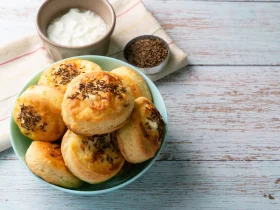


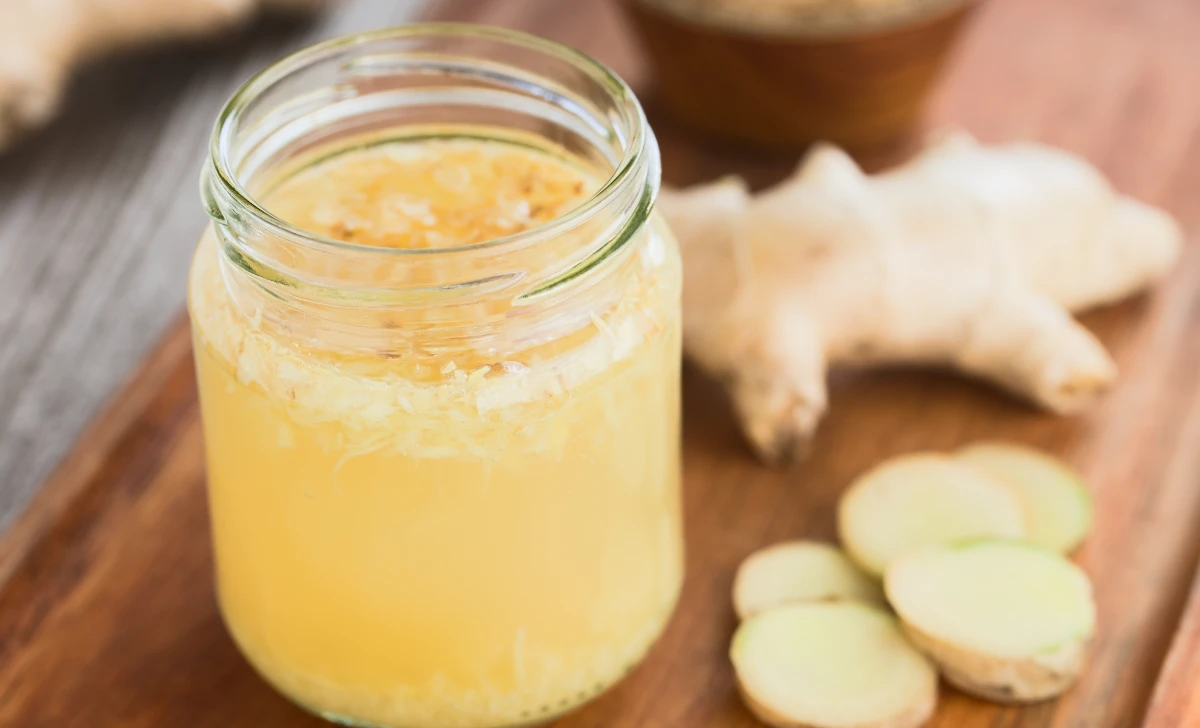
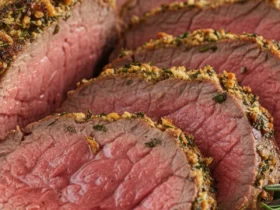
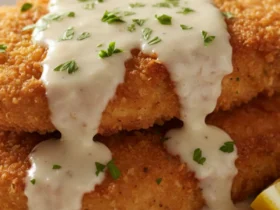

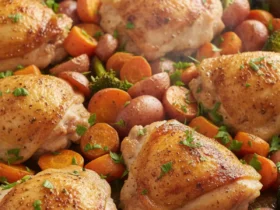
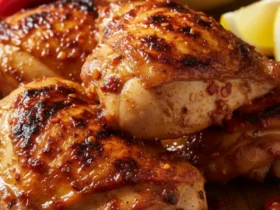
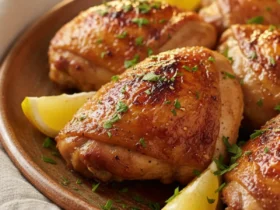

Leave a Review